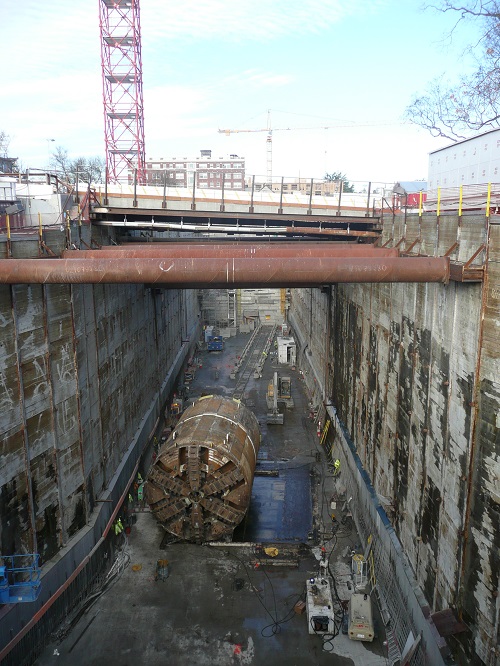While our team can often provide turn-key solutions, often the challenges are in large multi-discipline projects. We partner with our engineering clients to work as part of a team.
Sometimes its a very finite aspect of the project, such as providing the computational expertise to confirm a structural design. Other times we are part of the team for the entire length of the project, providing the needed expertise and resources. Other times we provide overflow support when our client has the in-house expertise but just needs short-term assistance to handle the work load.
This represents four case studies, all demonstrating our expertise in partnering to provide solutions:
Joining the Hurricane Protection Alliance Joint Venture. We provided the detailed structure analysis on the pintle used to hold the massive swing doors that block the entire channel for the West Closure Complex. The initial casting had carbide formation that had to be gouged out. KES helped Digital Engineering and the US Army Corps of Engineers determine how much repair would be needed in order to minimize cost and lost time. We then did follow on work to assess the structural reliability and heat transfer performance of the keel coolers, normally mounted under boats but in this case mounted in the water channels to cool the pumps. This is the largest pump station in the world and was the region’s Project of the Year for 2012 from Engineering News Record. We remained part of the Joint Venture and provided other consulting services as needed.
Subcontracting specialty services. In order to meet the requirements for design-build the Sanitary Sewage Overflow project for East Baton Rouge, all pump stations above a specified size either had to have a physical model fabricated or use Computational Fluid Dynamics models. KES partnered with many of the civil engineering firms in order to provide a comprehensive solution during the bid process. We ended up working with two of the three winners for that phase of the project.
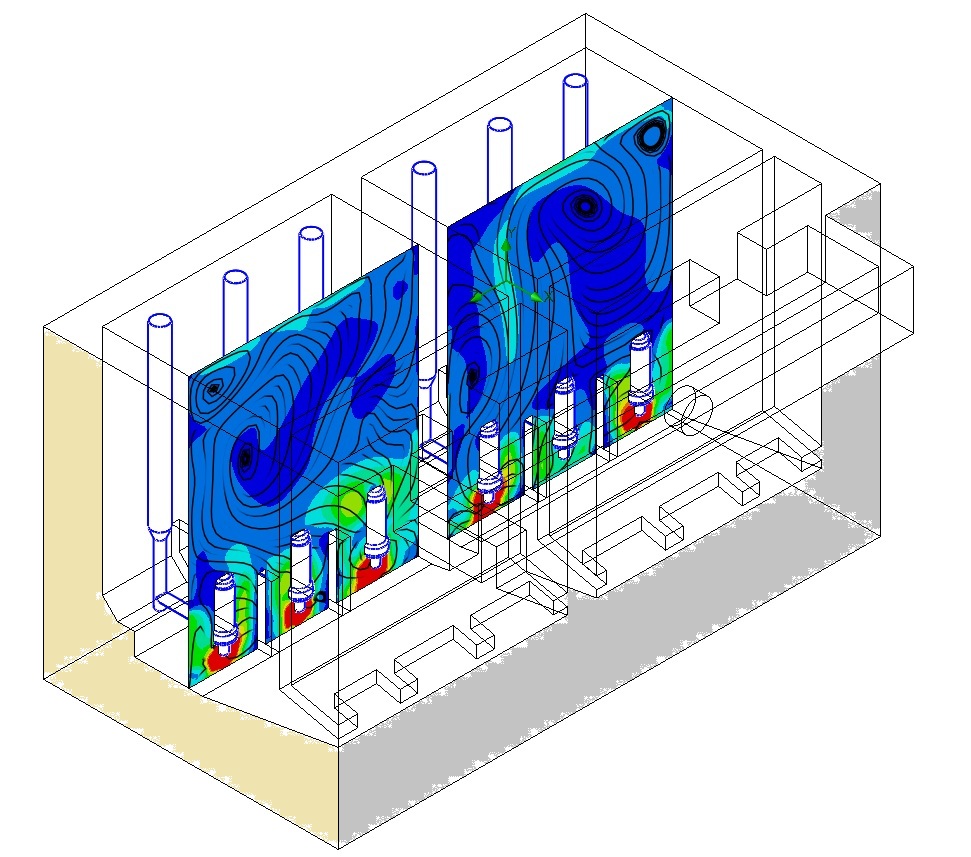
Computational Fluid Dynamics allowed the prime contractors to evaluate the high capacity pump stations at a variety of flow rates and pump combinations to ensure all operational requirements are met.
Regulatory Roadblocks with the U230 Tunnel in Seattle. New technologies in tunneling uses “dry diving” techniques, where pressure on the drilling face is used to keep water back. The tunnel boring machine operators are under pressure, similar to divers, and must go through decompressions and lock in/lock out procedures. OSHA requires pressurized chambers for people (Pressure Vessels for Human Occupancy) to meet US standards, including ASME PVHO1 and PVHO2. These systems were built to Japanese standards. Washington State would not allow the system to be used for the U230 Light Rail dig. Along with Reimers Systems, Inc., KES provided the detailed analysis to show how the system does meet US requirements at a reduced rating and presented our findings to the Washington State Board of Pressure Vessels. This was documented in the peer-reviewed article published in the 2013 Joint ASME/USCG Meeting on Marine Technologies in Alexandria, VA.
Overflow engineering support. An aerospace client, Woodward HRT, has a full engineering staff to include expertise in complex Finite Element Analysis techniques. However, they were at full capacity. KES provided a quick “in and out” project to resolve issues involving composite materials, heat transfer, and clearances in response to multiple failures of third-party components. Our timely, cost-effective services kept their project on schedule.

Hydraulic actuator for a jet fighter landing gear. Woodward HRT needed overflow engineering to troubleshoot components. KES provided timely, cost effective analysis to put them back on track.
Our partnering experience includes:
- Defense
- Aerospace
- Civil
- Construction
- Manufacturing
- Plastics & Petrochemical
- Marine & Subsea
We give pricing consideration for long term projects. We are registered as Woman-Owned and Service-Related Disabled Veteran Owned small business, which is an advantage for our clients pursuing federal contracts.
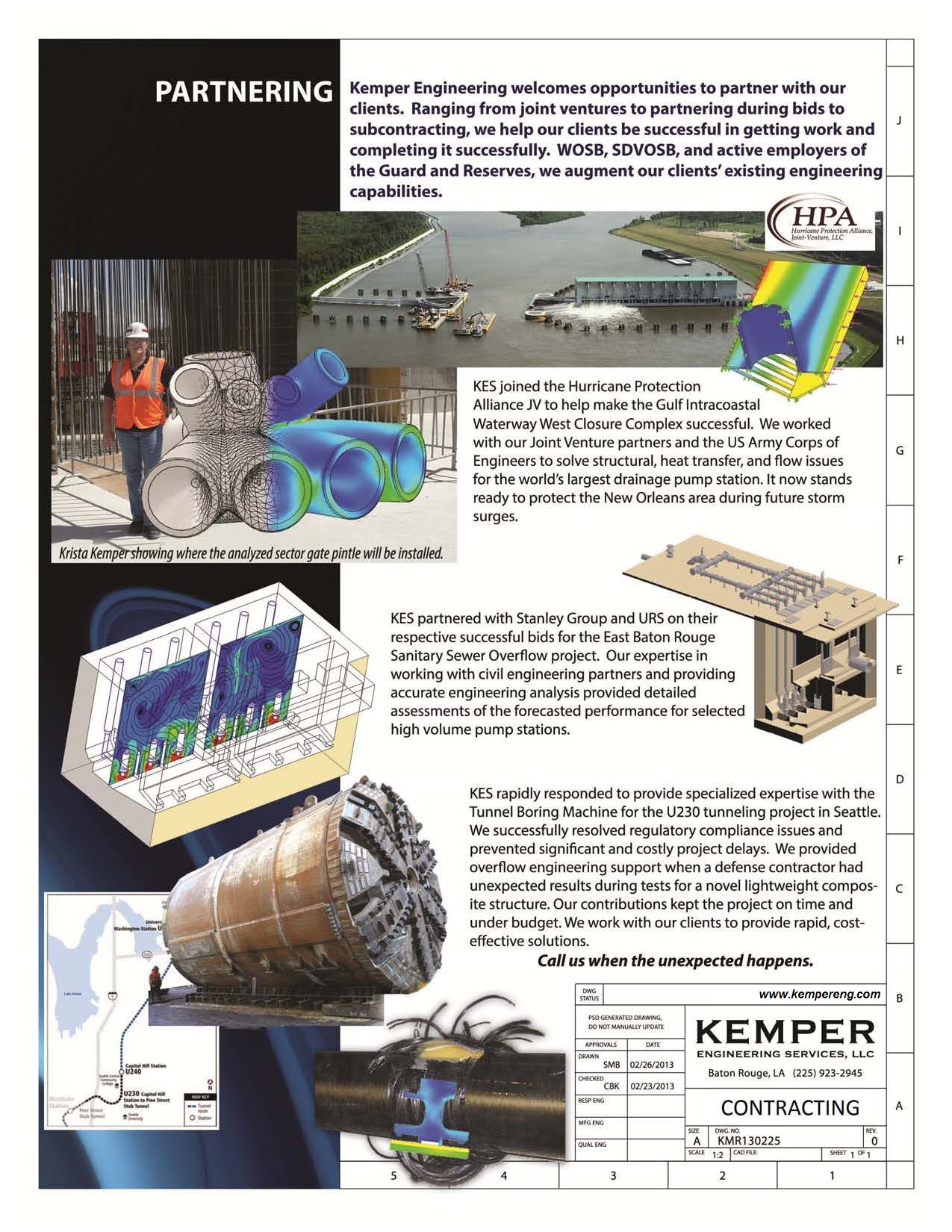
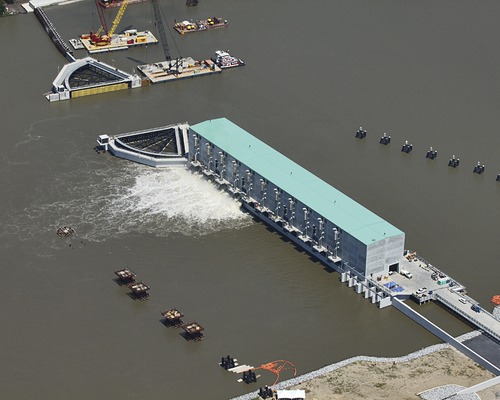
The pie slice-shaped sector gates close to protect the New Orleans region from storm surge. KES were key contributors to both the gates as well as the pump station that pushes water back downstream, one of the largest pump stations in the world. KES analyzed the pintles, which needed massive repairs due to casting issues. If the pintle fails, the doors will break away and leave everything upstream unprotected and making the $14.5 billion worth of construction worthless.
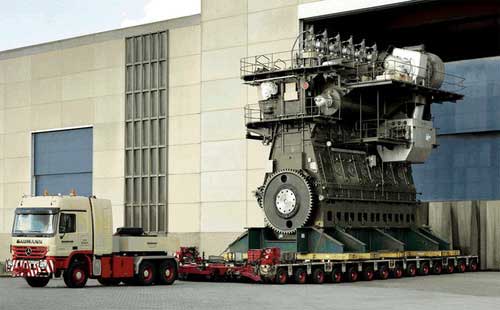
One of the 11 massive pumps used to ship 19,140 cubic feet/second back downstream to protect the communities around New Orleans. KES analyzed the keel coolers, marine systems normally on the bottom of boats used to cool ships’ engines. These coolers are mounted in the sluiceways to keep the pumps working. Any failure of heat exchangers will cause the pumps to fail.

